Hawker Hurricane: The Storm of the Skies
The Hawker Hurricane was a British single-seat fighter aircraft that played a significant role during World War II, particularly in the Battle of Britain. Designed and produced by Hawker Aircraft, it was one of the first true monoplane fighters in the Royal Air Force (RAF). The Hurricane was known for its ruggedness, agility, and reliability, making it a key asset during the early years of the war.
Key Features:
- Design: The Hurricane had a fabric-covered metal frame and was powered by the Rolls-Royce Merlin engine, giving it a top speed of around 340 mph (547 km/h).
- Armament: It was equipped with eight .303 Browning machine guns, making it highly effective against both enemy aircraft and ground targets.
- Role: Primarily a fighter, it excelled in ground attack roles and intercepting bombers, often outnumbering German aircraft in the early stages of the war.
- Battle of Britain: While the more famous Supermarine Spitfire often overshadowed it, the Hurricane actually accounted for the majority of kills during the Battle of Britain.
The Hurricane’s ability to be easily repaired and maintained in the field made it a favored aircraft among pilots, and its versatility allowed it to serve in various roles, including night fighting, anti-shipping, and even as a carrier-based aircraft.
While it was eventually outclassed by newer designs as the war progressed, the Hurricane's contribution to the RAF’s success during the war was invaluable.
Design of the Hawker Hurricane
Structure: The Hurricane had a semi-monocoque construction, meaning it used a frame that supported the aircraft's skin rather than relying solely on the skin for strength. The fuselage was made of a metal frame covered with fabric, which made it more durable in combat.
Wings: The wings were elliptical, which gave it good maneuverability. The Hurricane’s wings were fabric-covered, similar to older aircraft, and they were designed to absorb stresses well during combat. The aircraft also had a relatively low wing loading (the weight of the aircraft relative to its wing area), allowing it to turn more quickly than some of its contemporaries.
Engine: It was powered by the Rolls-Royce Merlin engine, which was also used in other notable British aircraft, like the Spitfire. The Merlin was an inline, liquid-cooled V12 engine capable of producing around 1,030 horsepower, allowing the Hurricane to reach speeds of around 340 mph (547 km/h).
Armament: The Hurricane was armed with eight .303 Browning machine guns mounted in the wings, which made it one of the heaviest-armed fighters of its time. Later variants included bombs or rocket launchers for ground attack roles.
Cockpit: The cockpit was relatively simple and straightforward, designed to be functional and rugged for quick access in battle. The canopy provided good visibility for the pilot, especially compared to some other aircraft designs.
Variants: There were numerous variants of the Hurricane, including:
- Hurricane Mk I: The initial production version with eight machine guns.
- Hurricane Mk II: Featured a more powerful Merlin engine, increased armament (with some variants carrying 20mm Hispano cannon), and better performance.
- Sea Hurricane: A naval version with modifications like a tail hook for aircraft carrier operations.
- Hurricane Mk IV: Used primarily for ground-attack roles, with bomb-carrying capabilities.
History of the Hawker Hurricane
Development: The Hurricane was born out of the RAF’s need for a fast, reliable fighter to counter the increasing threat from Nazi Germany. The British government sought a design that could be mass-produced relatively quickly. Sidney Camm’s design was chosen due to its combination of agility, speed, and ease of construction. The prototype first flew in November 1935.
Role in the Battle of Britain: When the Battle of Britain began in 1940, the RAF relied heavily on the Hurricane. In fact, the Hurricane accounted for the majority of RAF kills during the battle. While the Spitfire was faster and more maneuverable at higher altitudes, the Hurricane's rugged design allowed it to excel in low-level combat, particularly when attacking German bombers.
Continued Service: After the Battle of Britain, the Hurricane continued to serve in various theaters, including North Africa, the Mediterranean, and the Far East. It was used in roles ranging from night fighting to ground-attack missions. In the North African campaign, it performed well against German and Italian aircraft. The aircraft's ability to sustain damage and keep flying made it a favorite among pilots.
Versatility: The Hurricane was a highly versatile aircraft. It was adapted for several roles beyond fighter combat. For example, its sturdy construction made it ideal for carrying bombs in attack missions. The "Hurricane" was also used in cooperation with the RAF's bomber command, where it provided escort protection or attacked enemy targets directly.
End of Service: The Hurricane remained in active service until the mid-1940s, though it was gradually replaced by more advanced aircraft like the Hawker Typhoon and the Supermarine Spitfire. Still, it continued to serve in secondary roles, like training and ground attack, throughout the war.
Legacy: The Hurricane is often overshadowed by the Spitfire in popular memory, but its contribution to the RAF’s early success in the war is undeniable. It was instrumental in securing British skies during a critical period and was praised for its reliability and effectiveness. The fact that it was able to perform well under various conditions and be adapted for different roles speaks to its design’s success. It remains one of the most iconic aircraft of the war.
Key Takeaways:
- Design: The Hurricane was built to be durable and versatile, featuring a rugged structure, excellent maneuverability, and powerful armament.
- History: The aircraft played a pivotal role in defending Britain during the Battle of Britain and continued to be an important asset for the RAF throughout World War II, adapted for various roles and theatres.
Specifications
Spotlights
- This craft is curated
General Characteristics
- Created On Android
- Wingspan 47.4ft (14.5m)
- Length 37.3ft (11.4m)
- Height 12.8ft (3.9m)
- Empty Weight 9,393lbs (4,260kg)
- Loaded Weight 11,985lbs (5,436kg)
Performance
- Horse Power/Weight Ratio 0.208
- Wing Loading 23.5lbs/ft2 (114.8kg/m2)
- Wing Area 509.6ft2 (47.3m2)
- Drag Points 2714
Parts
- Number of Parts 98
- Control Surfaces 7
- Performance Cost 474

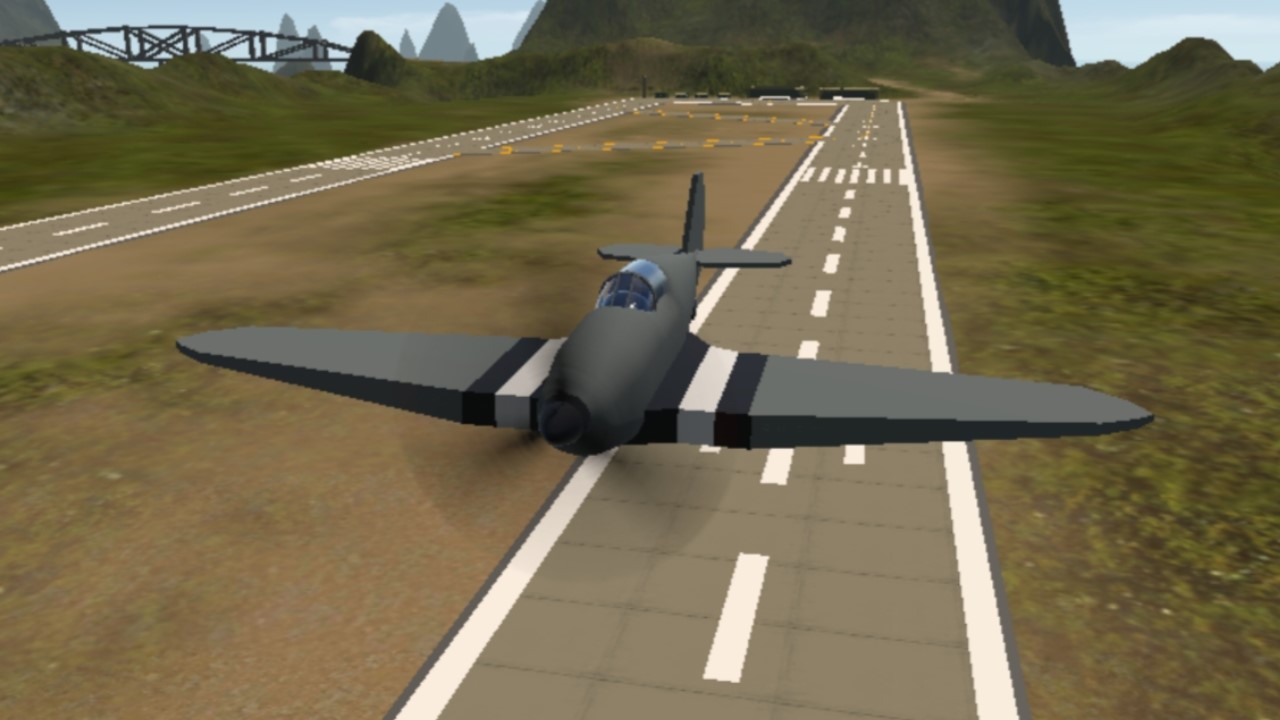
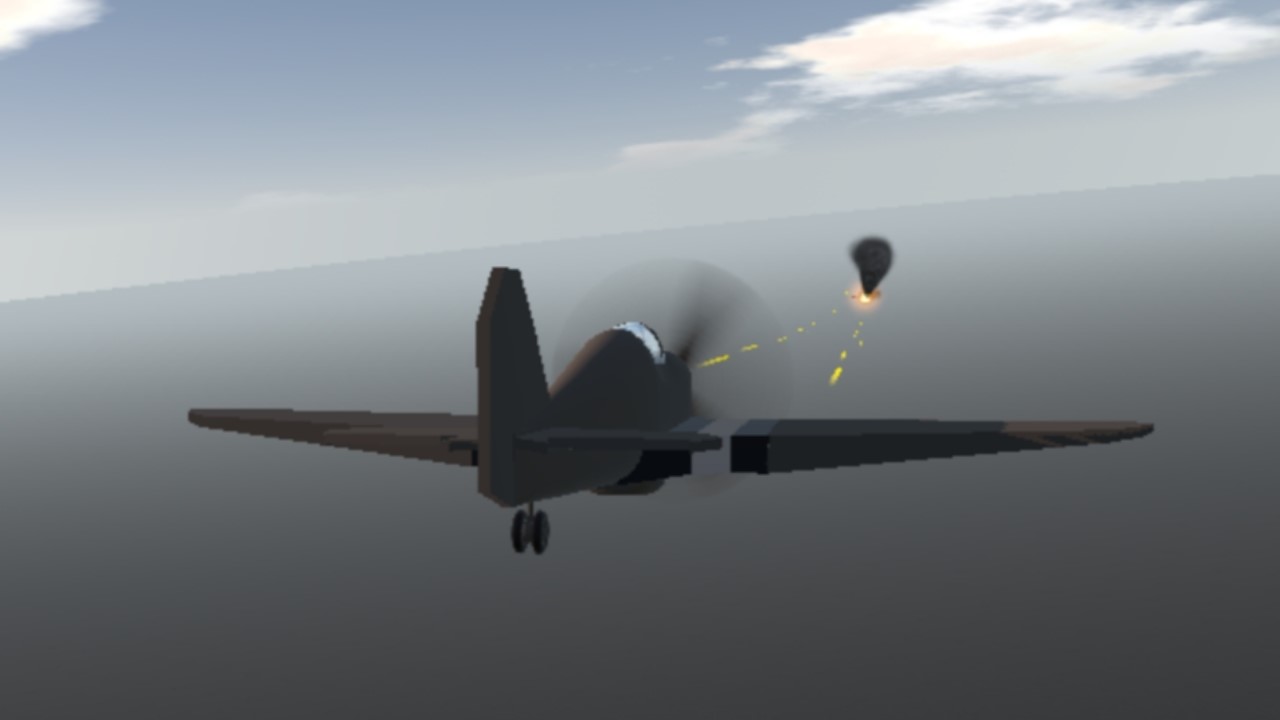
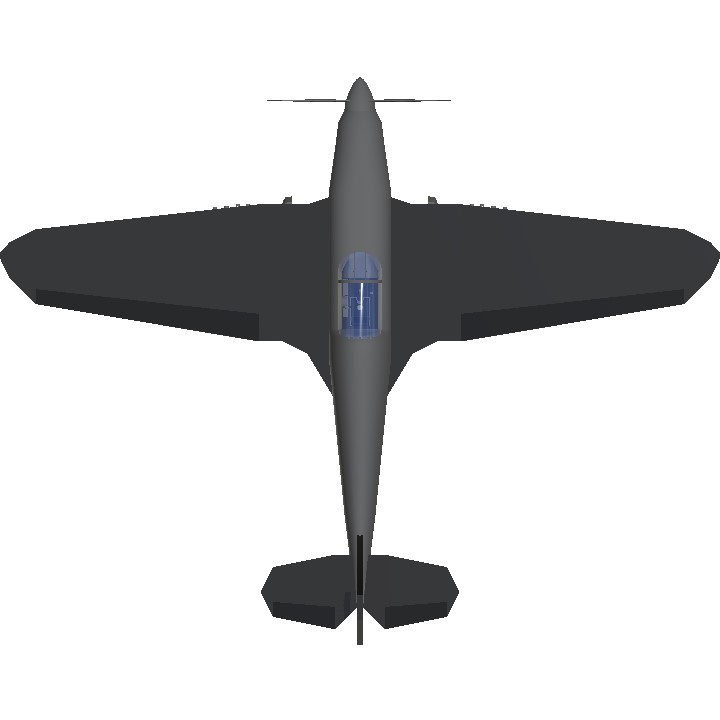
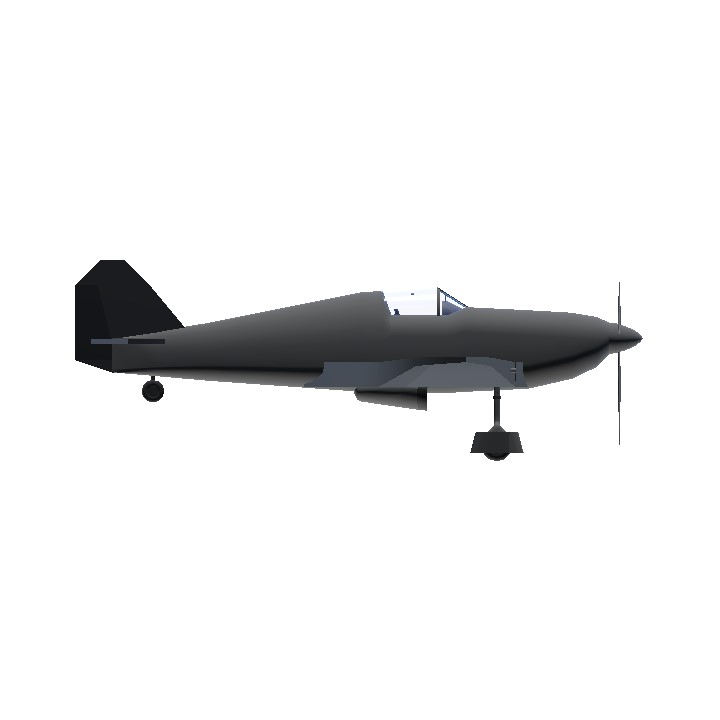
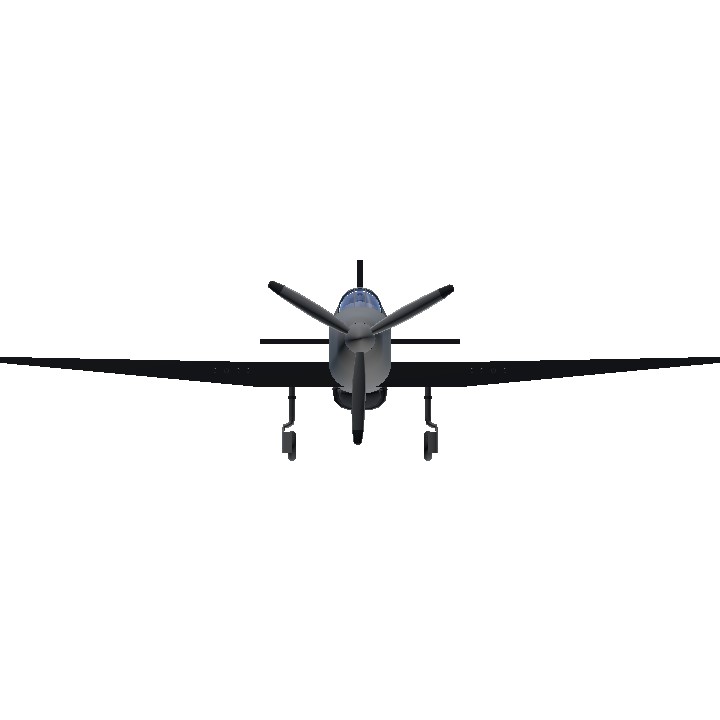
4: @Eagleman101SP
5: @GeneralcastleSP
6: @Yarissedan
1: @MiGFOXHOUND31BSM26
2: @cooldude321
3: @spsidearm
7: @MosquitowithaMachineGun
8: @tl